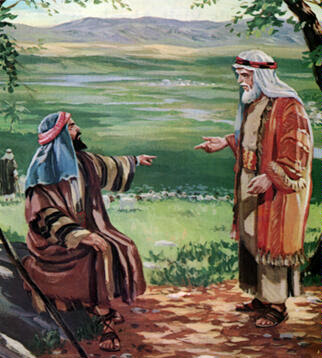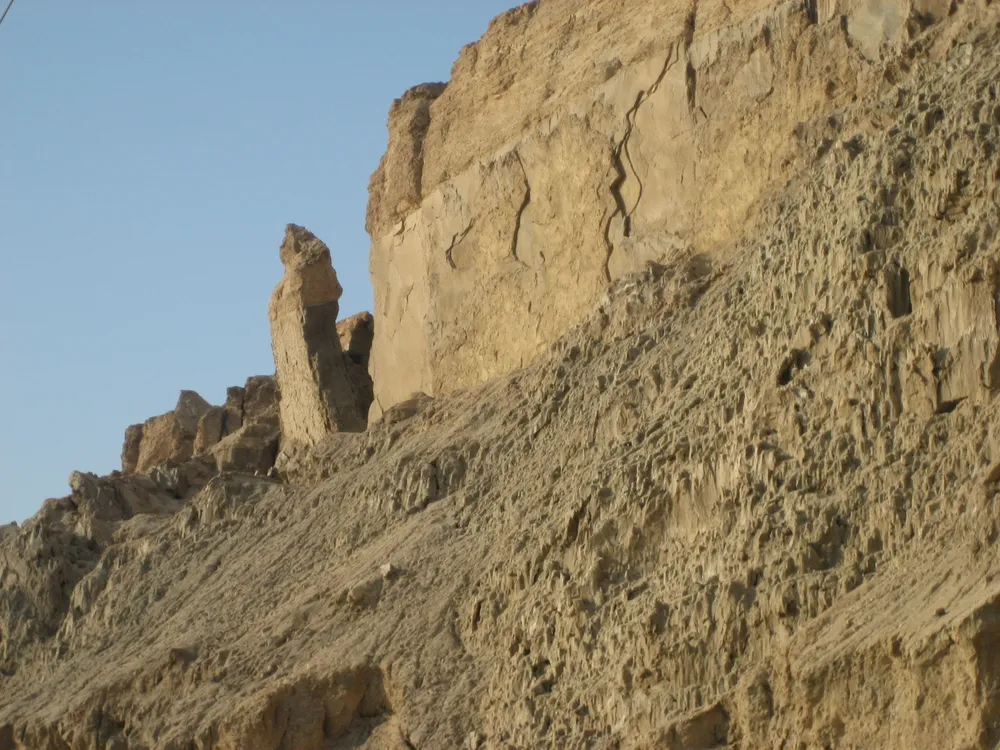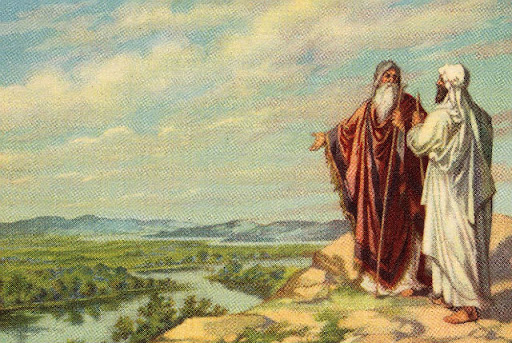Sodom and Gomorrah were two cities mentioned in the Book of Genesis in the Hebrew Bible. Genesis 13:10 describes the region where these cities were located, specifically when Abraham's nephew Lot chose to settle there: "Lot looked around, and saw that the whole plain of the Jordan, all the way to Zoar, was well watered, like the garden of the Lord, like the land of Egypt. (This was before the Lord destroyed Sodom and Gomorrah.)"

This verse suggests that before their destruction, Sodom and Gomorrah were situated in a fertile and prosperous area, comparable to the well-watered Garden of Eden or the rich lands of Egypt. The "plain of the Jordan" refers to a valley, likely near the Dead Sea, known for its agricultural potential. The mention of "well watered" indicates an abundance of resources, likely contributing to the cities' wealth and prosperity.

The description of the land as being "like the garden of the Lord" evokes an image of abundance and beauty, hinting at the potential of the region. The comparison to Egypt, a land known for its advanced civilization and agricultural productivity, further emphasizes the attractiveness of the area where Sodom and Gomorrah were located. This initial description of the region's fertility and abundance contrasts sharply with the later accounts of the cities' wickedness and subsequent destruction.

It's important to note that the biblical narrative focuses less on the geographical details of Sodom and Gomorrah and more on the moral and spiritual condition of their inhabitants. While the initial description in Genesis 13:10 paints a picture of a prosperous and fertile land, the subsequent chapters depict the cities as centers of sin and corruption. This contrast between the land's outward appearance of abundance and the inner moral decay of its people serves to highlight the theme of judgment and the consequences of wickedness.

The story of Sodom and Gomorrah is primarily concerned with the ethical and religious implications of human choices. The cities' destruction serves as a cautionary tale about the consequences of moral depravity and the importance of righteousness. While the initial description of the region emphasizes its physical attractiveness and prosperity, the ultimate fate of Sodom and Gomorrah underscores the transient nature of material wealth and the enduring significance of moral integrity.
'신앙 체인지' 카테고리의 다른 글
| What is a Canaanite? What is a Perizzite? (Genesis 13:7) (0) | 2025.02.11 |
|---|---|
| 가나안 사람이란? 브리스 사람이란? (창세기 13장 7절) (0) | 2025.02.11 |
| 소돔과 고모라 는 어떤 지역인가? (창세기 13장 10절) (0) | 2025.02.11 |
| Where is the Negev? (Genesis 13:1) (0) | 2025.02.11 |
| 네게브 는 어디인가? (창세기 13장 1절) (0) | 2025.02.11 |



